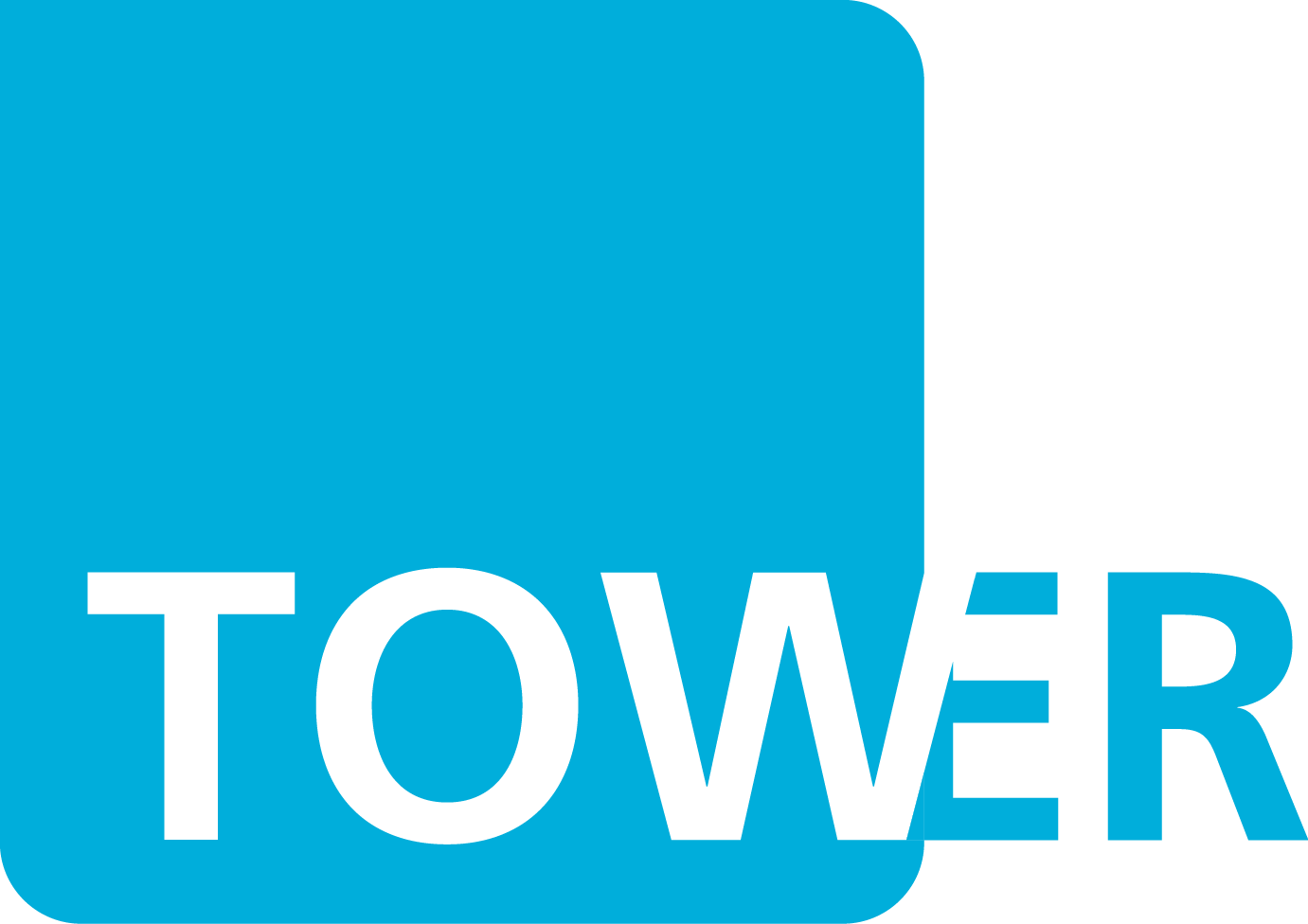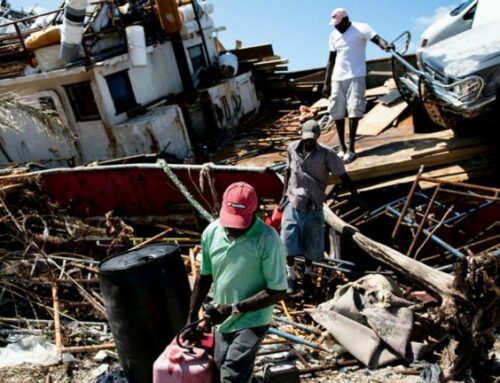Whether you are a pro or new to the planning game, planning an event usually involves busy days, long hours, and extreme multi-tasking, but following these 6 tips will help you avoid some common event-day mishaps.
1. Have plenty of staff at registration
Assign specific duties to your staff and volunteers in different areas such as reception, conference room, food and beverage – you get the picture. However, when your event first starts, you may want to consider having more people at the registration/reception area than anywhere else because we all know first impressions matter. Registration is the first experience of your event so you need it to be a smooth and pleasant experience for your guests. Once it is flowing nicely and there are no crowds forming you can always transition those people to their other area of responsibility.
Be sure to fully brief and train your people at least a day ahead of the event. They should not only know their own area of responsibility but should also have a high level understanding of your brand, the purpose of the event, and the full run of show for all areas.
Unforeseen issues can happen and you will want to have enough people to keep the process moving swiftly when they do. A great start will help you with people engagement and help create positive energy throughout the rest of the event.
2. Have all contact information handy at all times
When planning your event you likely will have communicated with your team and suppliers via email which meant a quick search of your email and you have contact details. However, the second you leave for your actual event, you and your team should have everyone’s phone number close to hand.
Save yourself precious time and panic and have phone numbers for all necessary contacts entered into your phone. Numbers you might need include: photographer, venue contact, caterer, speakers, media representatives, volunteers, décor and AV suppliers, entertainment, sponsors, and of course your own team.
Don’t forget to use technology. There’s no better way to communicate during an event than with a (or multiple) group chat like WhatsApp so you have a central spot for your on-site communications that aren’t face-to-face while keeping everyone in the loop.
3. Have an event toolkit
It’s easy to get caught up in the items we know we must bring (name tags, pamphlets, banner signs, etc.) that we often forget less obvious items such as tape, scissors, staplers, pens, tissues, and sharpies. They seem insignificant but when it gets to event day you don’t want to waste valuable time waiting on someone to find a cable tie!
In the weeks leading up to the event start a “misc. supplies” list and jot items down as you think of them. A couple of days before your event, check your list for any obvious holes and then pack everything in a small carry-on suitcase or plastic tub to bring along to the event.
4. Have “extra” (and enough of it)
Having “extra” can be tricky. There could always be an unpredicted need for more and it’s difficult to nail down “the perfect amount” but do plan on having extra where and when it makes sense (plan for ‘extra’ in your budget too). Most often it comes down to extra food, name tags, and event collateral, in particular.
5. Ensure the WiFi details are visible
Have you ever been to an event and been unable to connect to WiFi? Not because of internet issues, but because you didn’t know the credentials. It’s frustrating! The size of the event does not matter whether you’re hosting something as small as an office or community meeting or as large as a seminar.
Provide your guests with a stress-free experience by printing and/or featuring the WiFi credentials somewhere highly visible.
6. Take it online
Encourage engagement during your event by creating a custom event hashtag and promote it and your event’s social media handles so guests know who to follow and tag. Sometimes unusual places work too… everybody goes to the bathroom. Have a sign with your hashtags and social media handles displayed in the restrooms!
Keep the buzz going by uploading your event photos once the event is over and actively encourage users to tag themselves.
—
Finally, it can be easy to get caught up in all the planning and execution so don’t forget to have fun and enjoy your hard work!




